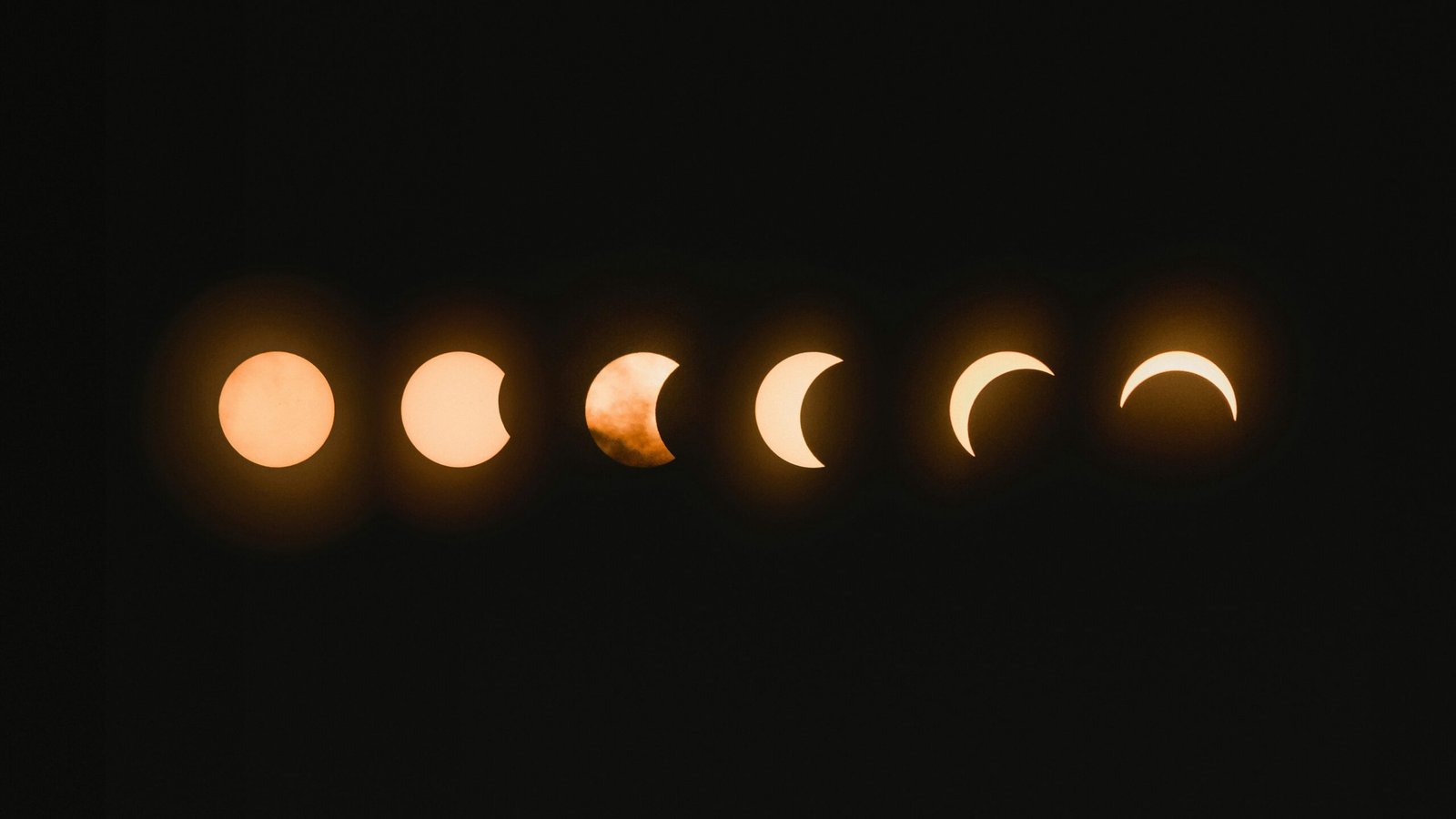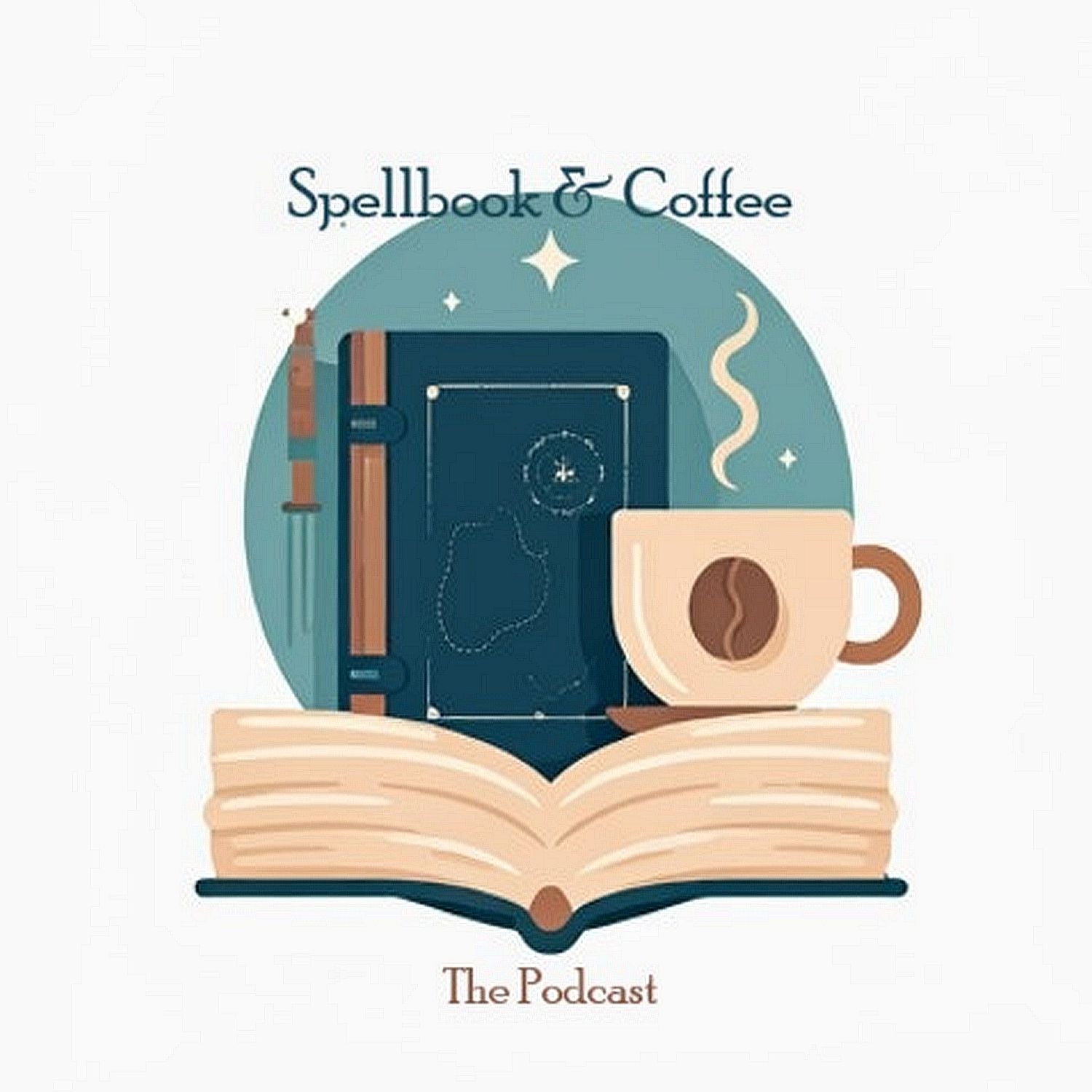Understanding Yule: The Significance of the Winter Solstice
Yule, celebrated around the time of the winter solstice, holds profound significance for many Pagan traditions. This ancient festival marks the longest night of the year and the gradual return of light, symbolizing rebirth and renewal. Historically, various cultures have acknowledged this celestial event, celebrating the returning sun and the longest night with rituals that honor both the darkness and the emerging light. These themes of duality are deeply embedded in the rituals and altar decorations associated with Yule.
In Pagan beliefs, the winter solstice is a time for reflection and introspection, as practitioners seek to honor the cycles of nature. The dark of winter represents a period of rest and restfulness, allowing for the nurturing of inner thoughts and ambitions. In this context, the altar becomes a sacred space where individuals can foster their connection to nature and the divine. It acts as a focal point for spiritual practices, decorated thoughtfully with elements that symbolize the rebirth of the sun and the return of warmth. Traditional Yule decorations may include evergreen branches, representing eternal life, and candles, symbolizing the light that will soon return to the world.
The symbolism of light overcoming darkness is central to understanding Yule. It serves as an annual reminder of hope and the inevitability of change. By creating a Yule altar, practitioners engage with these ideas on a personal level, fostering not only creativity in decoration but also a deeper understanding of one’s spiritual path. This sacred space invites reflection on personal goals, ambitions, and the transformations that lie ahead. As the light of the sun begins to return, so too does the potential for growth and revival within ourselves.
Essential Elements for a Yule Altar
Creating a Yule altar is a meaningful ritual for those who practice pagan traditions, particularly as they honor the winter solstice. This celebration symbolizes the return of light and life, making it essential to include various elements that resonate with this theme. Evergreen plants are foundational components, representing eternal life and resilience during the harsh winter months. Common choices for Yule altars include holly, ivy, and pine branches, which can be arranged artistically to embody the spirit of nature’s renewal.
Candles are another critical element, often used to represent the rebirth of the sun during the winter solstice. They can be placed around the altar to symbolize hope and illumination. Traditionally, red, green, white, and gold candles are used during this festive season, each color carrying distinct energies. For instance, green represents fertility and abundance, while gold is associated with prosperity and warmth. The flickering light of these candles creates a sacred space, inviting reflection and connection with the energies of Yule.
Crystals also hold significant power in a Yule altar. Stones such as clear quartz, garnet, and snowflake obsidian can be integrated to enhance the altar’s spiritual attributes. These crystals are believed to promote grounding and protection during the darker months, helping practitioners channel their intentions toward transformation and growth. Seasonal fruits, like pomegranates and apples, serve both as offerings and as symbols of abundance and the cycle of life. Not only do they beautify the altar, but they also remind participants of the earth’s bounty.
Finally, sourcing sustainable materials is crucial for honoring the earth during Yule. Consider foraging for evergreens in your area or purchasing from local artisans who prioritize eco-friendly practices. By integrating these essential elements into your Yule altar, you create a sacred space that embodies the spirit of this transformative season.
Creative Decoration Ideas for Your Altar
As you contemplate how to decorate your altar for Yule, consider embracing the rich symbolism and themes associated with the winter solstice. The winter solstice, often marked as a time of rebirth and renewal, heralds the return of longer days and shorter nights, making it an appropriate moment to reflect this transition in your altar decorations.
Start with a color palette that resonates with the essence of the season. Traditional Yule colors include deep greens, vibrant reds, and bright golds, symbolizing life, fire, and the sun’s return. Incorporating natural materials can enhance the altar’s aesthetics while maintaining a strong connection to nature. Consider adding evergreen branches, holly, and mistletoe, all of which carry significant pagan meanings and invite the spirit of Yule into your sacred space.
Ornaments for your altar can also evoke the themes of the season with their designs. Handcrafted snowflakes, stars, and sun motifs can be made from various materials, such as paper, wood, or even salt dough. These come together to represent the beauty of winter, the celestial bodies, and the hope of the sun’s revival. You might also consider incorporating candles in your decorations; their warm glow symbolizes the return of light and life during this darker time of year. Place them in sets, perhaps using three to signify the past, present, and future.
For a personal touch, engage in DIY projects that resonate with your unique spirituality. These could include creating a Yule log adorned with symbols representing your intentions for the upcoming year, or making a garland featuring handmade ornaments that reflect your journey through the seasons. By infusing your altar with creative elements that speak to your beliefs and experiences, you will create a sanctuary that honors the significance of Yule and the winter solstice.
Rituals and Offerings to Enhance Your Yule Altar Experience
The Yule celebration, recognized during the winter solstice, is a significant time for many pagans, offering an opportunity to reflect, connect with nature, and honor the cyclical nature of life. One way to deepen this experience is through specific rituals and offerings at your Yule altar. These practices foster a sense of community, gratitude, and spiritual connection.
One popular ritual is the lighting of candles on your altar. Each candle can represent different elements of your life, such as health, love, or prosperity. As you light a candle, take a moment to meditate on what you wish to invite into your life in the coming year. The soft glow of the flames not only illuminates the darker days of winter but also symbolizes the returning light, encouraging hope and renewal.
Creating a Yule log is another profound offering that enhances your altar experience. Traditionally, the Yule log is adorned with herbs, symbols, and natural elements. Before placing it on your altar, you might choose to write down things you wish to release and things you hope to manifest. As the log burns, the smoke can carry your intentions to the universe, embodying the cycle of death and rebirth significant in many pagan traditions.
Offering gifts can also play an important role in your Yule rituals. Gifts can be tangible, like handmade items, or intangible, such as acts of service or expressions of love. Consider offering these to deities, ancestors, or nature itself, expressing gratitude for their presence and guidance in your life. This not only honors the divine but also amplifies your connection with the community and the Earth during this sacred time.
By incorporating these rituals and offerings into your Yule altar experience, you can cultivate an atmosphere of reverence, gratitude, and connection, enriching your celebration during this pivotal time of the year.
Want to learn more about Yule and other Pagan celebrations? Read my book Auntie Emeleth’s Blue Book of Witchiness: The Wheel of the Year.


